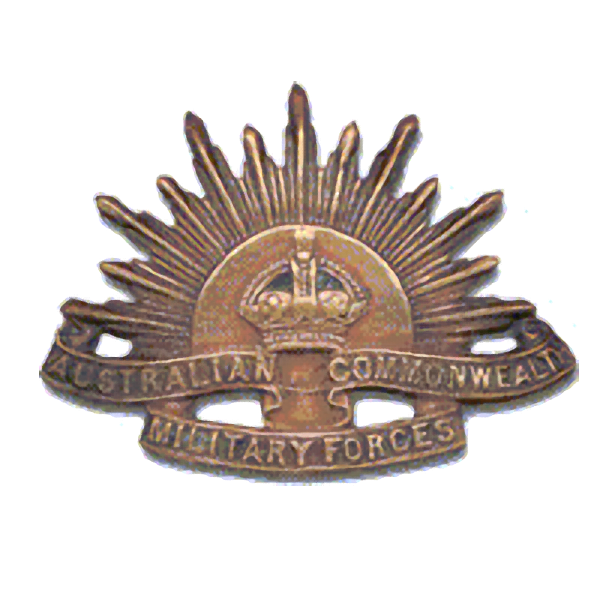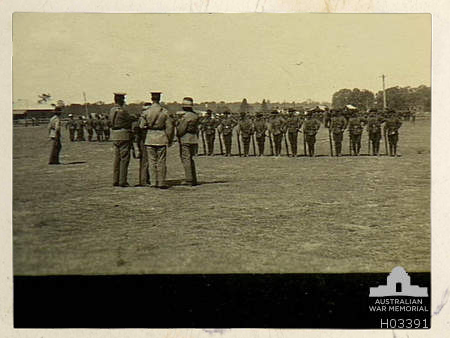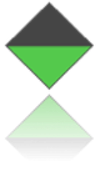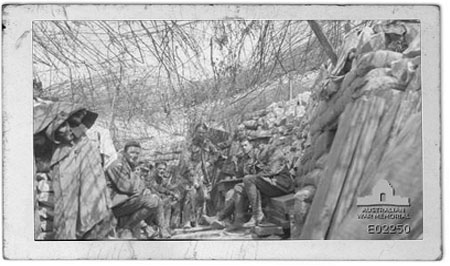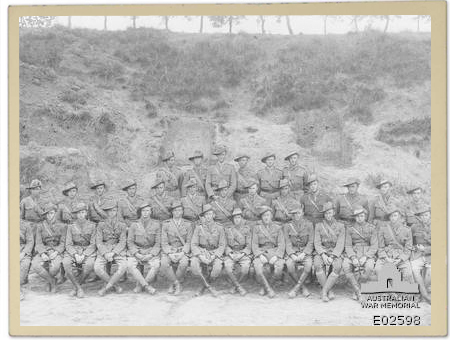(Adopted from the Australian War Memorial’s Online Unit History of the 17th Battalion. 1)
The 17th Battalion was raised at Liverpool in New South Wales in March 1915 as part of the 5th Brigade.
It left Australia in early May, trained in Egypt from mid-June until mid-August, and on 20 August landed at ANZAC Cove.
At Gallipoli the Battalion participated in the last action of the August Offensive – the attack on Hill 60 – before settling into defensive routine in the trenches.
For a short period, part of the Battalion garrisoned Pope’s Hill, but for most of its time on the peninsular the 17th was responsible for the defence of Quinn’s Post, one of the most contested positions along the entire ANZAC front. The Battalion was evacuated from Gallipoli in December 1915.
After further training in Egypt, the 17th Battalion proceeded to France. Landing there on the 22nd of March 1916, it took part in its first major battle at Pozières between the 25th of July and the 5th of August.
The Battalion returned to the Pozières trenches for a second time, although in a reserve role, between the 18th and 28th of August. After a spell in a quieter sector of the front in Belgium, the 2nd Division, which included the 5th Brigade, came south again in October.
The 17th Battalion was spared from having to mount an attack across the quagmire the Somme battlefield had become, but did have to continue manning the front through a very bleak winter.
In 1917, the Battalion was involved in the follow-up of German forces after their retreat to the Hindenburg Line, and was one of four battalions to defeat a counter-stroke by a German force, almost four times as strong, at Lagincourt. The battalion took part in three major battles before the year was out, second Bullecourt (3rd–4th of May) in France, and Menin Road (20th–22nd of September) and Poelcappelle (9th–10th of October) in Belgium.
After another winter of trench duty, 17th Battalion helped to thwart the German Spring Offensive of 1918.
With this last desperate offensive defeated, the Allied armies turned to the offensive and the 17th participated in the battles that pushed the German Army ever closer to defeat: Amiens on the 8th of August, the legendary attack on Mont St Quentin on the 31st of August, and the forcing of the Beaurevoir Line around Montbrehain on the 3rd of October.
Montbrehain was the battalion’s last battle. It was training out of the line when the armistice was declared in November 1918, and was disbanded in April 1919.
Further History of the 17th Battalion can be found at Wikipedia where you’ll find a page on the 17th Battalion 2
Army Infantry Structure and Unit Sizes in World War One relevant to this story
Below is a table that represents the formation of the AIF in World War One. 3
| Formation | No of Men | Made up of | Commanded By |
|---|---|---|---|
| Army | Two or Corps | General | |
| Corp | 30,000 or more | Two or more divisions | Lieutenant General |
| Division | 10,000 to 20,000 | 3 Brigades | Major General |
| Brigade(Bde) | 2500-5000 | 4 Battalions | Brigadier (General) |
| Battalion (Bn) | 550-1000 | 4 Companies | Lieutenant Colonel |
| Company (Coy) | 100-225 | 4 Platoons | Captain or Major |
| Platoon (Pl) | 30-60 | 4 (later 3) sections | Lieutenant |
| Section (Sect) | 9-16 | Corporal/Sergeant |
References:
- Australian War Memorial ->Unit History->17th Battalion – http://www.awm.gov.au/units/unit_11204.asp ↩
- Wikipedia – 17th Battalion(Australia) – http://en.wikipedia.org/wiki/17th_Battalion_(Australia) ↩
- Military Organisation and Army Structure – https://www.awm.gov.au/learn/understanding-military-structure/army/structure ↩
